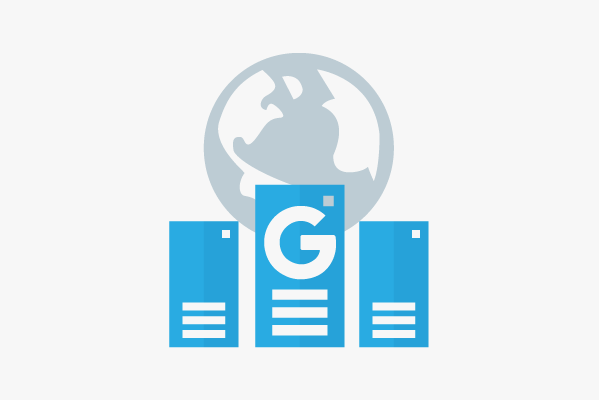Google Data Center
The Google data centers are the most important parts of Google’s infrastructure. The data centers provide output of billions of web pages daily and as many answers to search queries from around the world.
Any requests on the Google home page uses data stored in one of many data centers. If you enter a term in the Google search bar, you will get a search result list within a few seconds. The web addresses, descriptions, and the order in which these web addresses are displayed is stored and structured in the data centers.
Google data centers are spread across the globe. Confirmed locations are for example Lenoir (North Carolina, USA), Mountain View (California, USA), and Dublin (Ireland). As of today, Google is investing in the construction and expansion of international locations such as Berlin, Paris, London and Tokyo. Nevertheless, the company maintains confidentiality when it comes to more detailed information on their data centers. Only photos from the official data centers are being published. The reason is quite simple; Google considers its own infrastructure as a competitive advantage over competitors.[1]
Functions
International data centers are generally used to provide country-specific versions of Google or create new capacities through network peering. In network peering, data centers are connected to enable data exchange of equivalent networks. It wouldn’t make much sense to pass a query from Germany to the U.S.A.
According to CDN architecture (content delivery network), those queries are answered faster and more reliably if the participating servers are located in the same country. It is likely that Google has designed its international data centers for regional searches from specific countries. The regional index used by Google since 2012, displays websites from the specific location and in the specific language where the search query originated from.
The technology being used has been developed by Google itself. Google uses special network devices which increase efficiency and combined with a battery, ensure the constant availability of the server. Power supply is often provided with renewable energy which Google promotes massively. Moreover, Google uses various software solutions to process the large masses of data. To be mentioned here would be the Google File System and BigTable, which have been optimized specifically for a large volume of data and can use the resources of multiple data centers. Even Google Web Servers (GWS) and Google Front End (GFE) are integrated on Google data centers. So is MapReduce, a programming model that can perform parallel computations for extremely large data streams. All programs and systems that are used in Google data centers are proprietary and protected by copyright.
Relevance to SEO
Lists of the IP addresses of Google servers are often circulated among SEOs. Especially when an update of the index is due, the position of a website is useful. That way SEOs can estimate where their website will be found in the search index after the update. For this purpose, the path of a search query to the server must be followed which involves some technical effort. Moreover, Google regularly changes the server addresses. A current list may already be outdated after a few weeks.
In addition, it often happens that a particular website plus keyword gets assigned a PageRank in different data centers. When analyzing data, it is of interest to know from which data center, what PageRank originated. Usually, IP addresses are sorted by clusters or C-class networks. Both user websites as well as Google’s pages can be further analyzed with regard to their PageRank inside (and outside) of a C-class network. This provides SEOs valuable data on the position of a keyword and the corresponding domain in the search index of a specific Google data center.
References
- ↑ Google Data Center FAQ. Data Center Knowledge. Accessed on 11/21/2013
Web Links
- Detailed information about Google Data Centers
- Difference Between Global and Regional Data
- Source for Google Regional Index

